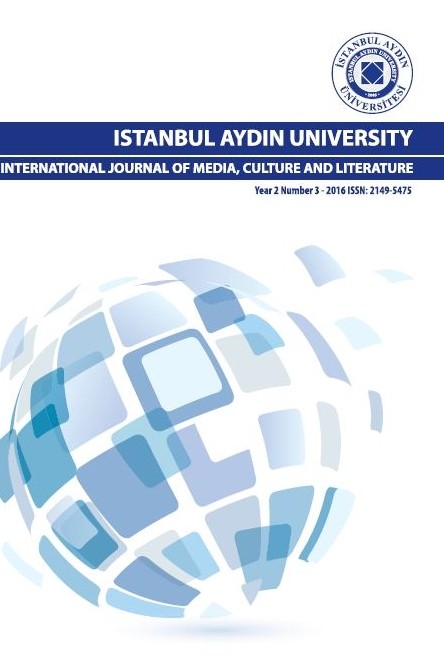‘Rotten’ Boy Readers of Danmei Fiction
‘Rotten’ Boy Readers of Danmei Fiction
In contemporary China, danmei, aka Boys Love, has evolved into a literary genre and subculture with legions of fan producers and consumers, the vast majority of whom are presumed to be heterosexual adolescent girls and youthful women referred to as ‘rotten’ girls, yet the male ‘rotten’ readership of danmei fiction tend to be overlooked. Given the fact that Chinese danmei narratives are prominently featured by a non-reversible seme (top) × uke (bottom) bipartite dichotomy, I propound that fanboys may either identify with the seme or uke role. The identification with virile seme characters, whose penetrated partners are enfeebled, accords with an orthodox masculine ideal, as manifested by Classical literature and the web-based ‘stud fiction’ and ‘feel-good writing’. When identifying with uke characters, danmei fanboys can still comply with the indigenous Chinese masculine ideal, in that it is constituted of two interwoven components, viz. wen embodying feminine attributes and wu embodying masculine attributes. Literati during the Wei and Jin dynasties and Northern and Southern dynasties resort to androgynous demeanour so as to escape from the status quo and social responsibilities. Similarly, danmei readers may identify with ukes and seek a sense of security and protection from the potent, invincible semes in a fictional world, thereby mitigating the social pressure in the real world.
Keywords:
danmei, rotten boys, seme-uke dichotomy, masculine ideal, wen-wu dyad escapism,
___
- Brook, Timothy. 1998. The Confusions of Pleasure: Commerce and Culture in Ming China. Berkeley: University of California Press.
- Brownell, Susan and Jeffrey N. Wasserstrom. 2002. Introduction: Theorizing Femininities and Masculinities. In Chinese Femininities/Chinese Masculinities: A Reader, eds. Susan Brownell and Jeffrey N. Wasserstrom, 1-42. Berkeley and Los Angeles: University of California Press.
- ISSN: 2149-5475
- Başlangıç: 2015
- Yayıncı: İstanbul Aydın Üniversitesi
Sayıdaki Diğer Makaleler
The Struggles of African Americans and the ‘Inspiration View’ and ‘Opium View’ of the Black Faith
Bora Çağlar ŞİMŞEK, Gökçen KARA
Bahar HURMA, Sanaz ALİZADEH TABRİZİ
‘Rotten’ Boy Readers of Danmei Fiction
Jack’s Chaotic Enthronement Victory in Lord of the Flies: Chaos Theory in Golding’s Novel
